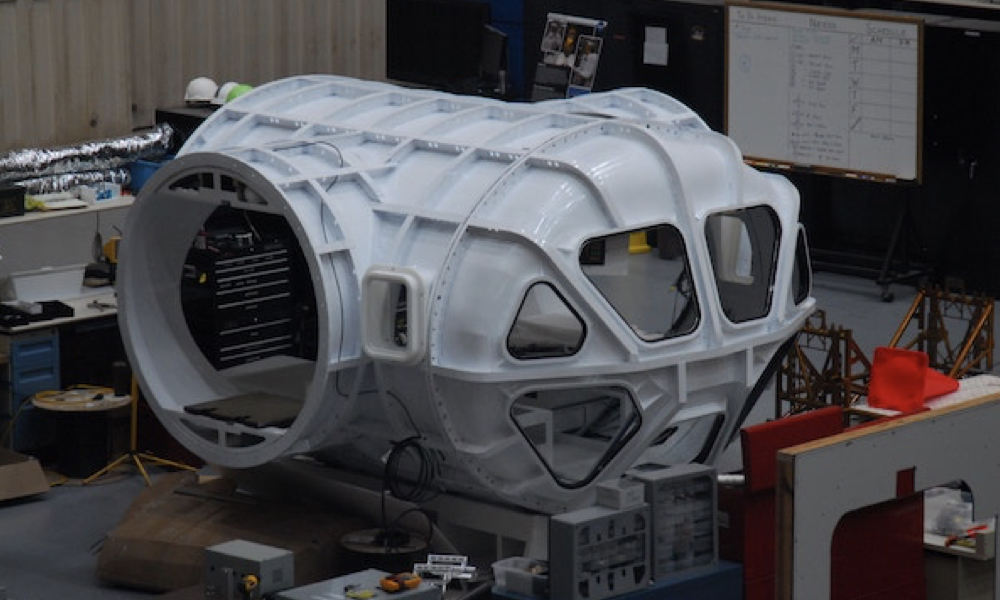
ESA Open Invitation to Tender: 1-11000
Open Date: 19/10/2021 16:42 CEST
Closing Date: 14/01/2022 13:00 CEST
Artificial Intelligence is set to play a major role in the automation of future satcom systems, enabled by the significant advances in Machine Learning techniques of recent years. The computer processors that AI algorithms will run on have not developed at the same pace however, potentially limiting or delaying the benefits foreseen. Current day computers (and most other computational devices) are predominantly based on the classical von Neumann architecture. A basic characteristic of this topology is that computation and memory are implemented as separate elements connected through a common data bus, meaning arithmetic operations and data-fetch cannot occur simultaneously. This so-called “von Neumann Bottleneck” is often the limiting factor for CPUs when applied to tasks where minimal processing of large amounts of data is required. In contrast, neuromorphic processor architectures resemble biological neural networks wherein memory and processing are tightly coupled together, potentially offering faster computational times and drastically reduced energy consumption when applied to tasks requiring massive parallelism. Neuromorphic processors may therefore represent thebest approach to unlocking the potential benefits of AI and ML solutions for satcom systems where many of the challenges faced involve matrix-based computational operations, such as in digital beamforming. An additional benefit of processors based on neuromorphictopologies is that they can be considered fault-tolerant, mimicking neural plasticity in the brain. I.e. they can repair themselves via rerouting around broken synaptic branches, enabling improved reliability via graceful degradation of capability, essentially a bio-inspired radiation hardening alternative. The proposed activity would therefore take the form of an investigation into the application of neuromorphic processor architectures within satcom systems; focusing on AI-based applications that require massive parallelism/matrix-based computer operations, but also considering other applications where the use of neuromorphic processors could benefit the performance, reliability, power consumption, or cost of satcom payloads. As a minimum the study shall consider, but not be limited to, the AI-based satcom applications identified in the frame of the recent ARTES Future Preparation studies investigating AIand ML for satcom applications :Digital beamforming,Interference detection,Flexible payload configuration in the presence of interference,Congestion prediction,Precoding matrix calculation,ACM SNR threshold optimisation,Frequency plan optimisation and interference mitigation.The activity shall assess and compare the performance and implementation of the identified applications when run on standard processor solutions (i.e. GPU/CPUs) compared to neuromorphic designs to quantify any gains in terms of computational time, power consumption, reliability, and processor footprint as well as other relevant figures of merit. In addition, theactivity should identify new applications that are considered prohibitive to run on standard architecture on-board processors and for which neuromorphic processors therefore represent an enabler. Finally, the study would include a survey of the current state-of-the-art for neuromorphic processor products and solutions, as well as corresponding software toolkits and frameworks, and identify suitable radiation tolerant devices (e.g. novel memristors and MRAM) that could be incorporated into neuromorphic processor-based architectures. A specific goal would be to provide early identification of any industrial dependencies that may exist for critical components. Finally, if the investigations prove promising, the study shall outline the design of a future Proof of Concept demonstrator for a viable satcom application (suitable for realisation through a future ARTES activity), along with a corresponding development roadmap, timescale, and cost envelope.The overall outcome of the study would therefore be an assessment of whether the application of neuromorphic processors would improve the implementation of existing satcom functions, or enable new capabilities to be realised, and hence represents a technology worth further investigation, along with a potential first step toward realisation.
Directorate: Directorate Telecom Integrated Applica
Estabilishment: ECSAT
ECOS Required: No
Classified: No
Price Range: 200-500 KEURO
Authorised Contact Person: Nathalie Dorval
Initiating Service: TIA-TFA
IP Measure: N/A
Prog. Reference: E/0501-01D – Future Prep 4.0.1
Tender Type: Open Competition
Open To Tenderers From: AT+BE+CA+CH+CZ+DE+DK+EE+EL+ES+FI+FR+GB+HU+IE+IT+LT+LU+NL+NO+PL+PT+RO+SE
Technology Keywords: 1-A-II-Hardware Technologies for Payload Data Processing / 1-A-III-Software Technologies for Payload Data Processing
Products Keywords: 2-F-1.1-j-Other
If you wish to access the documents related to the Invitation to Tender, you have to log in to the ESA Portal.
